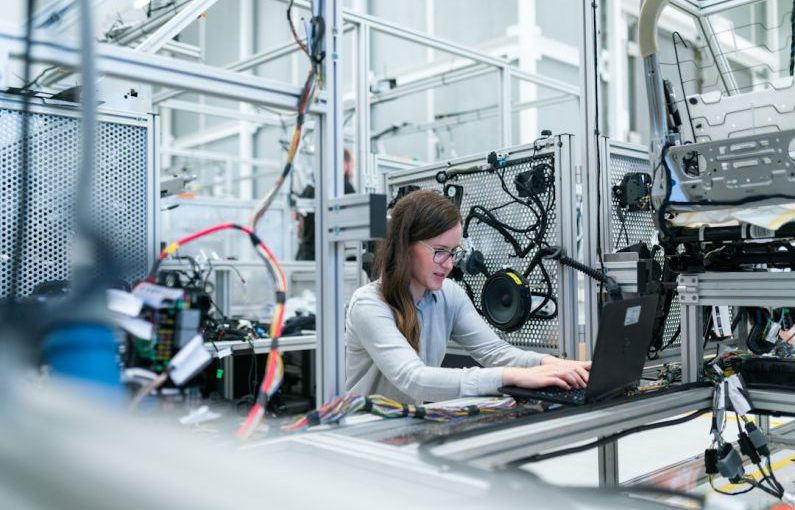Manufacturing facilities play a crucial role in the production of goods across various industries. These facilities are not just physical buildings where products are made; they are the heart of the production process, where innovation, efficiency, and quality converge to create the final output. In recent years, the concept of co-production has gained traction in the manufacturing sector, offering companies new opportunities for collaboration and growth.
The Importance of Modern Manufacturing Facilities
Modern manufacturing facilities are equipped with state-of-the-art technology and machinery that enable companies to streamline their production processes and increase productivity. These facilities are designed to meet the specific needs of the industry they serve, whether it be automotive, electronics, pharmaceuticals, or any other sector. From automated assembly lines to advanced quality control systems, manufacturing facilities are constantly evolving to stay ahead of the competition.
Efficiency is a key driver in modern manufacturing facilities. By optimizing workflows, reducing waste, and improving resource utilization, companies can achieve higher levels of productivity and profitability. This is why many businesses invest heavily in upgrading their facilities to ensure they are at the cutting edge of technology and innovation.
The Rise of Co-production in Manufacturing
Co-production is a collaborative approach to manufacturing where two or more companies work together to produce goods or services. This can involve sharing production facilities, resources, or expertise to achieve mutual benefits. Co-production allows companies to leverage each other’s strengths and capabilities, leading to cost savings, increased efficiency, and faster time-to-market.
One of the main advantages of co-production is the ability to access specialized facilities and expertise that may not be available in-house. For example, a small startup may partner with a larger manufacturer to utilize their advanced production facilities and scale up their operations quickly. This can be especially beneficial for companies looking to enter new markets or launch new products without having to invest heavily in their own facilities.
Collaboration is at the core of co-production. Companies that engage in co-production must have a strong partnership built on trust, communication, and shared goals. By working together towards a common objective, companies can overcome challenges, innovate faster, and deliver high-quality products to the market.
Case Studies: Successful Co-production Partnerships
Many companies have embraced co-production as a strategic way to drive growth and innovation. One such example is the partnership between Tesla and Panasonic in the production of electric vehicle batteries. By leveraging Panasonic’s expertise in battery technology and Tesla’s manufacturing capabilities, the two companies have been able to scale up production and meet the growing demand for electric vehicles.
Another successful co-production partnership is between Adidas and Parley for the Oceans, where the two companies collaborate to produce sustainable footwear made from recycled ocean plastics. By combining Adidas’s design and marketing prowess with Parley’s environmental expertise, the partnership has not only created a unique product but also raised awareness about ocean conservation.
The Future of Manufacturing: Embracing Co-production
As the manufacturing industry continues to evolve, co-production is poised to play a significant role in shaping the future of production. By fostering collaboration, driving innovation, and unlocking new opportunities, co-production offers companies a competitive edge in an increasingly globalized market.
In conclusion, manufacturing facilities are the backbone of the production process, while co-production represents a new frontier in collaborative manufacturing. By harnessing the power of modern facilities and embracing co-production partnerships, companies can drive growth, innovation, and sustainability in the ever-changing landscape of manufacturing.





